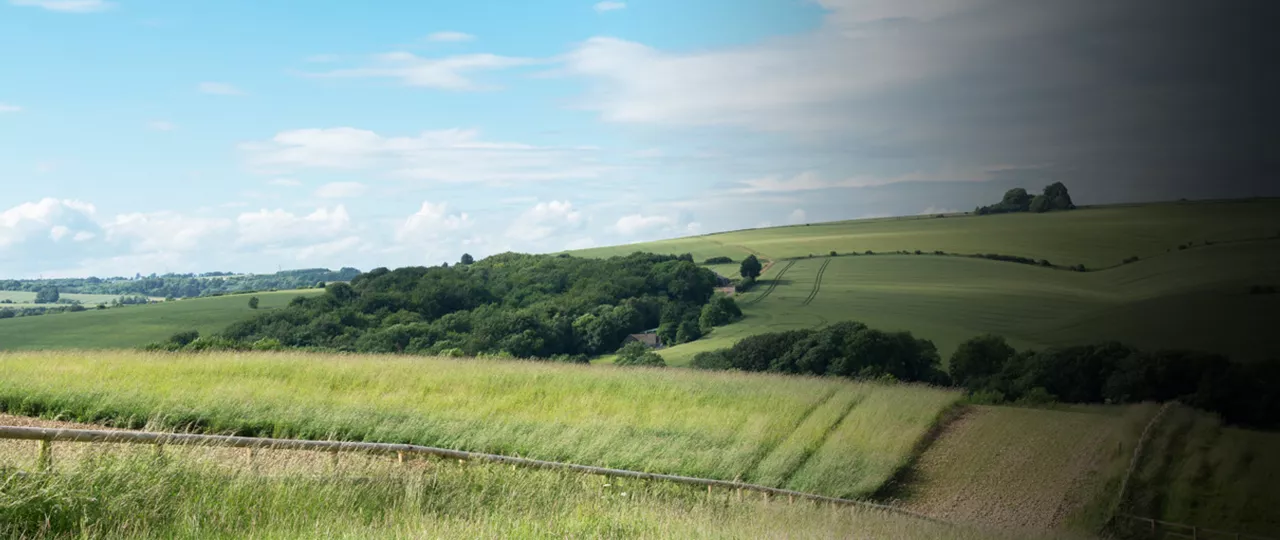
The Brexit vote may have been the defining moment of 2016 politically, but its immediate impact on the land market has been more muted than perhaps some anticipated.
While a number of sales were renegotiated in the weeks following the vote, very few deals fell through.
Brexit’s biggest impact was to cause uncertainty, which did result in a slowdown in the amount of land coming forward over the first nine months of the year. However, there was a resurgence in the last quarter, meaning that while supply was down on 2015 levels it is in line with the five-year average.
The big story in the farmland market has continued to be the impact of the squeeze on farm profits as a result of low commodity prices
With around half of all farmland transactions being ‘farmer-led’, it is not surprising that as farm incomes have dropped so have average land prices. Arable values are averaging 4% lower than a year ago and 10% lower than at the end of 2014.
However, as we have been saying for some time, the average price only tells part of the story as it masks a huge range in the prices achieved. The market is now more polarised than in living memory, with demand extremely location specific. An example from the south west of England highlights the extent to which this is the case. While one 150-acre block of Grade 3 arable land recently achieved just under £8000/acre, another very similar block four miles away sold for £15,000/acre.
Higher prices are typically being achieved where there is a good house that appeals to residential buyers or a neighbouring landowner particularly focused on expansion. In addition, there are a number of institutional buyers willing to invest in blocks of land which have long-term potential for residential development. But demand, like prices, is highly variable and almost 40% of the land marketed in 2016 still remains available.
Looking forward, an improvement in commodity prices, due mainly to the weakening of sterling, may have a positive effect on land prices going forward. However, location rather than quality will continue to be the key factor in determining farmland values in 2017. The level of supply will also be a critical factor. Getting the right advice on local market conditions has never been more critical - for buyers and sellers. Knowledge is power.
